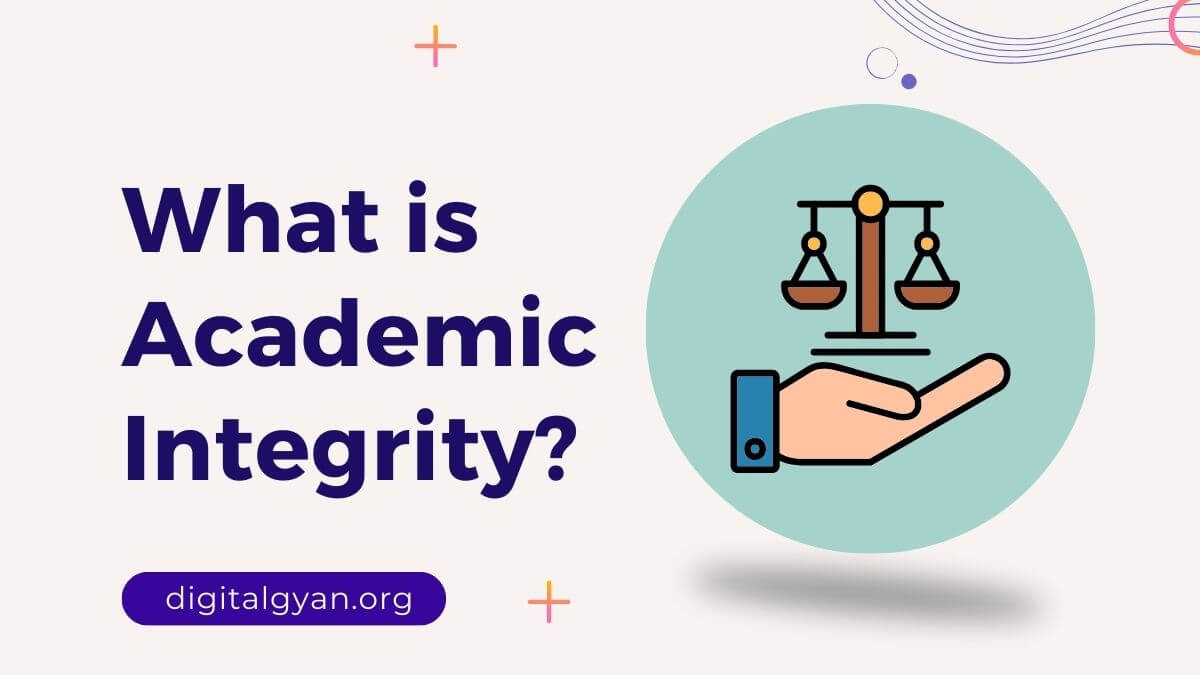BSBLDR502 Lead and manage effective workplace relationships
Assessment Task 1: Written Questions
Identify five ways in which workplace systems and policies, and procedures can assist in building effective relationships.
• They clarify the business expectations from employees in terms of standards of behaviour and performance
• These policies, procedures and systems help to identify situations involving employee engagement to stimulate a consistent and clear response.
• They establish SOPs for daily decision-making, so consultation from senior management could be minimized.
• They also demonstrate the trust that every employee will be treated fairly and equally
• They give you an acceptable way to handle complaints and misunderstandings to avoid prejudice
Workplace policies and procedures are often based on legislation and regulations. Discuss the purpose of each of the following Acts and for each Act, explain why the Act is important for ensuring effective workplace relationships.
Age Discrimination Act 2004
According to this Act, a person cannot be discriminated against based on his/her age. Every person has the same right to be treated equally. It restricts people from practising any kind of discriminatory behaviour. The Act is applied to the Age Discrimination in Employment Act 2004 (ADEA). The implication of the Age Discrimination Act in ADEA allows a person to be treated equally in the workplace regardless of age or gender. It means he/she will be treated equally for recruitment or promotion purposes.
Disability Discrimination Act 1992
According to this Act, a person of any gender cannot be discriminated against for his/her disability. This act establishes a right where a person cannot be discriminated against in his/her public life for employment, promotion, renting or purchasing a property or house, accessing any public place, academic purposes and receiving or using any facility. With the help of this act, an individual can get equal rights in terms of any and every daily life activity or requirement.
Fair Work Act 2009
The Fair Workplace Act (FWA) was established in 2009. According to this Act, a person has every right to be treated equally in the workplace, disregarding his/her physical or intellectual ability, culture, religion, community and belief. It adds vital requirements to workplace ethics and allows people to accept diversity in the workplace.
Racial Discrimination Act 1975
The Racial Discrimination Act (RDA) is administered by the Australian Human Rights Commission (ADRC). The president of the ADRC deals with complaints of racial discrimination. This Act creates an ethical situation in the workplace where a person cannot be treated differently for his/her race. This Act helps every Multi National Company and every organisation to respect and embrace every culture in the workplace and enhances cultural diversity in the workplace.
Explain how effective problem-solving and conflict resolution strategies, policies and procedures techniques can support the identification and resolution of workplace problems, thus maintaining effective workplace relationships.
Workplace conflict or misunderstanding can be generated for many reasons. It can affect an employee’s productivity and the efficiency of the organisation. It is important to implement effective problem-solving strategies in a situation like this. An effective conflict resolution strategy can observe, mitigate and even resolve the problem without hampering the company’s workflow. The Problem-solving strategies require consideration of the following steps.
Take action as quickly as possible: If the manager ignores the conflict, then it can cost the company irreparable. The employee will feel unheard and make the claim that no one has listened or done anything effective to resolve the conflict.
Gather as much information as possible: Listen carefully to everyone involved in the conflict, as every person has a different perception of the situation.
Don’t Judge: It can worsen the situation.
Call in professionals to help: Complex and long-standing workplace issues and those involving a number of people are best left for experienced professional mediators. Consider seeking the help of HR or a professional external mediator.
Explain the purpose of a workplace Code of Conduct and how it can assist in ensuring a harmonious workplace and the way in which staff interact and communicate with each other.
The business code of conduct is necessary for any organisation to function. It creates an environment in the workplace where employees realise their loyalty to the company. It helps the company to implement legal and ethical policies in the organisation for obtaining any decision related to the job. A well-designed code of conduct delivers a transparent and honest message to employees about the company’s standards, missions, visions, principles and objectives. This motivates employees to work for the organisation, respect cultural differences, respectful communication, etc. A business code of conduct helps managers and employees synchronise their values and procedures to complete any project or business activity.
Many workplaces encourage their staff to build internal and external networks with the organisation. This may be through online networks, such as LinkedIn, or by engaging with the community and other services or businesses that may benefit the organisation. Furthermore, professional development encourages staff to meet new people by attending conferences, training sessions and other events.
Discuss three reasons why networking can lead to a more productive and effective workplace environment.
The three-primary significance for networking and communication that can create a more efficient and productive workplace culture is mentioned below.
1. Data Sharing
Networking and communication with people can only benefit an individual’s perspective. it helps an individual to foresee his/her limitation before attaining any wrong step. On the one hand, an individual can gain a new point of view by sharing and networking with others. On the other hand, a person can gain crucial information about the procedures that can resist the job from being completed. Shared knowledge can also create new innovation rooms, ultimately benefiting the organisation.
2. Opportunities
The active and calculated utilisation of opportunities is one of the most critical key factors for an employee to develop. Networking and interchanging experience and knowledge can motivate an employee to grab the perfect opportunity to execute his/her idea. An employee must utilise the opportunity, whether it is a chance for partnership, a recommendation or a proposal from the organisation or colleagues.
3. Developing Necessity from Connection
Embracing yourself for creating any necessity in the organisation or workplace is one of the most vital properties of an employee. An employee needs to respond to any responsibility for his/her co-workers. That might create a situation where the organisation recognises the necessity of the responsibility you are performing and allocate you for that role.
Not everyone is the best at communicating or interacting with other people. A workplace will consist of people from different backgrounds and cultures, those with different life, education and work experiences, those with varying abilities and needs. Some organisations have in place a variety of systems and supports for its staff. These may relate to staff wellbeing/ employee assistance programs, training in soft skills such as communication and interpersonal skills, diversity training, and so on.
Explain how these types of processes can assist staff to work more effectively together.
A company needs to be aware of the potential threat of the global job market. nowadays if a company does not want to face talent retention in its organisations, it needs to assess the competitive market and their salary, workplace, mortality plan and legislative offerings to the employee and act accordingly to modify the policies of the company.
Skill Development based on Communication and Networking: Good communication is the foundation of employee development in an organisation. It can increase the company’s productivity and reduce the chances of failing any work or project because of employees’ lack of experience.
Helping Employees: Every organisation or team faces different challenges and crises. But a good and developed workplace culture directs employees to help each other. It is the organisation’s responsibility to develop an employee support system to help employees in every situation and develop a positive mindset among them. The helping and assisting work culture leads employees to work collaboratively and improve.
Explain the value of consulting with employees on topics such as workplace issues, innovation, diversity, work health and safety, and professional development.
Every workforce can be benefited from diverse opinions and suggestions. Participation of employees in every decision-making process can benefit the organisational interest in the business sector. Equal participation and engagement are the legal properties of an organisation. it increases employee dedication in a project and propitiates the overall business objectives. it increases the chance for innovation.
Liberal engagement in the workforce increases the self-evaluation factor of an employee. Employees feel responsible and important for the company and work more productively. Along with the participation in both the small and big picture of the business, employee participation in choosing and implementing a health plan reduces the trust issues of employees in the company.
Employees feel more valued and safer for having the chance to consider appropriate health plans for themselves. Many organisations obtain this participation technique to aid their ethical and legislative consideration of employees.
Explain the requirements under Modern Awards to consult with employees, including the circumstances in which consultation is required and the steps that must be taken by employers in consulting with employers.
A company requires Modern Awards to increase the frequency of its development. The modern award system leads an employee to perform better, organise more efficient programmes, and suggest better operation strategies or technological implementation. These changes are necessary for an employee to create a better workplace environment and productivity.
- Employees need to inform the managing authority, team leader or supervisor about who will benefit from the implemented modification.
- Employees need to address these changes by briefly illustrating the change and elaborately explaining the impact of the changes on the organisation and employees. The formulated and calculated documentation of the entire matter can develop a factual background of the significance of the modification.
- The company needs to make the employees aware of the impact of adverse effects on the workforce and life and educate them to minimise it for their wellbeing.
Employees need to take accountabilities for their work and the company. It increases a company’s credibility regarding the sense of responsibility in the team or organisation.

